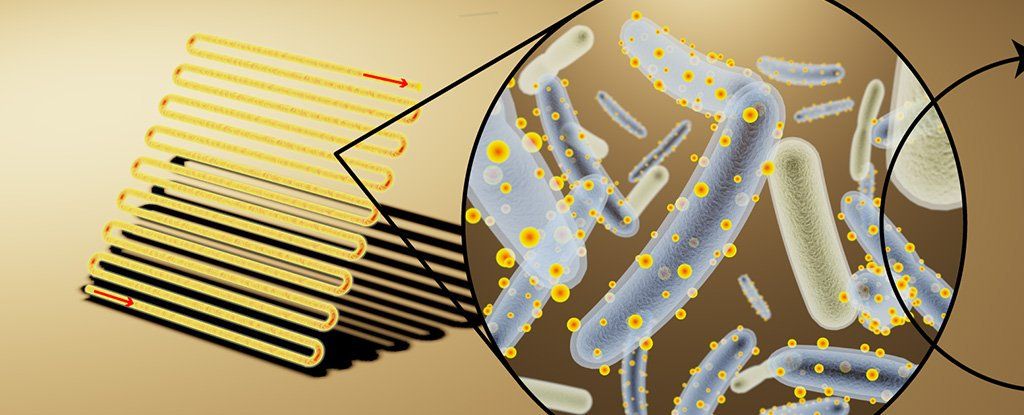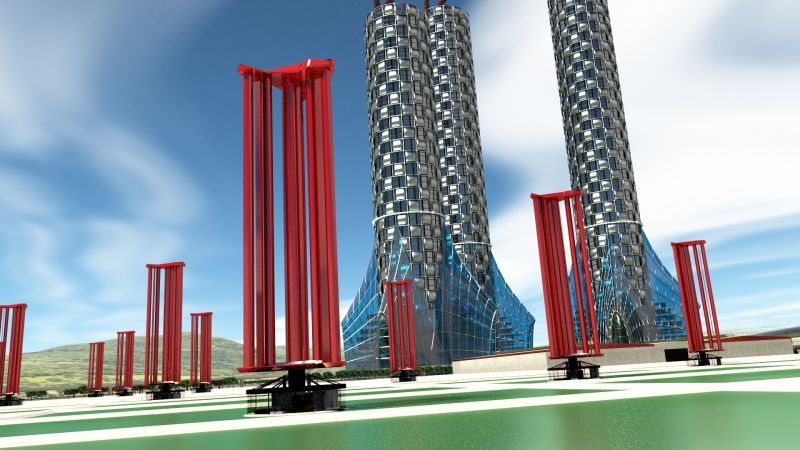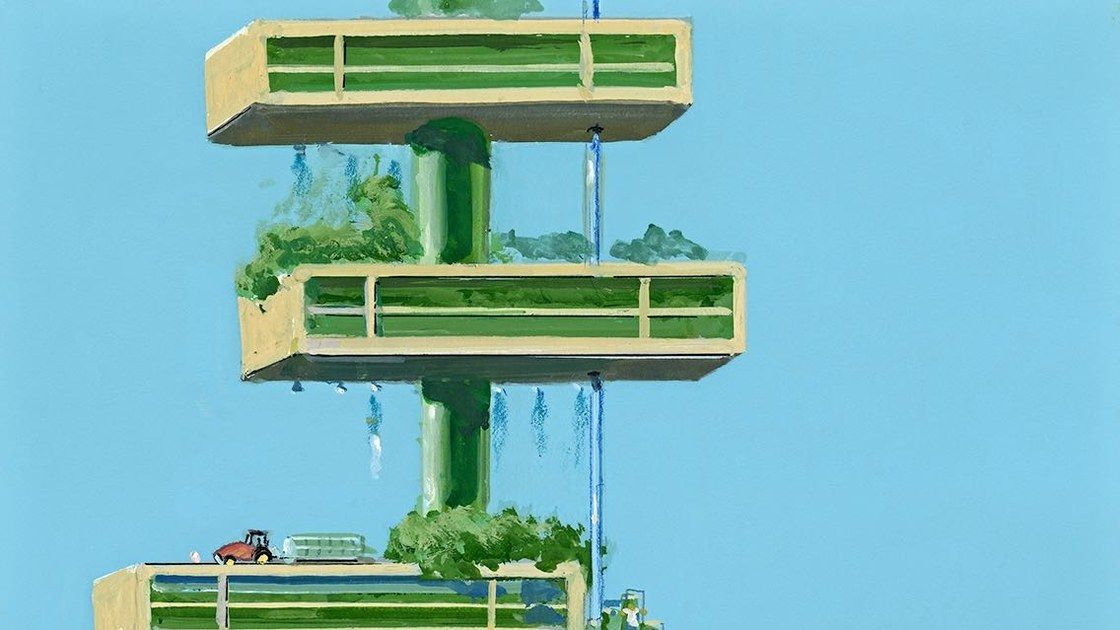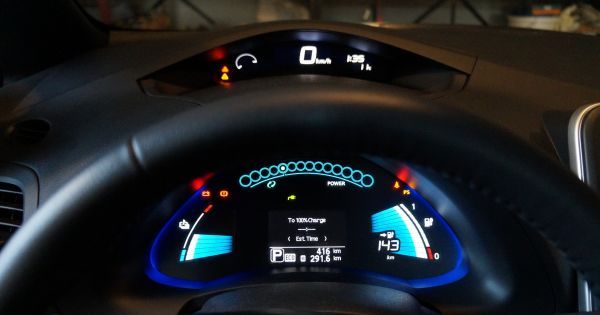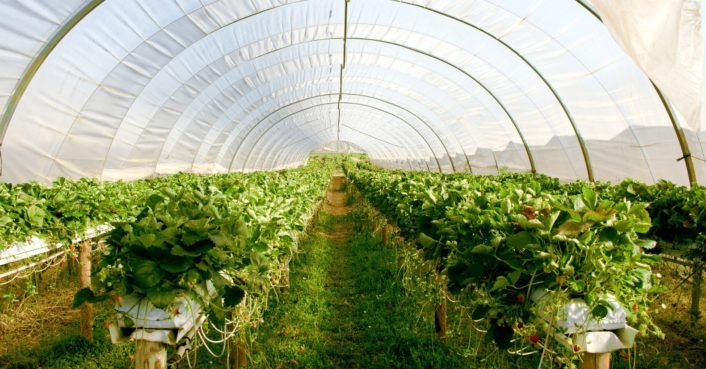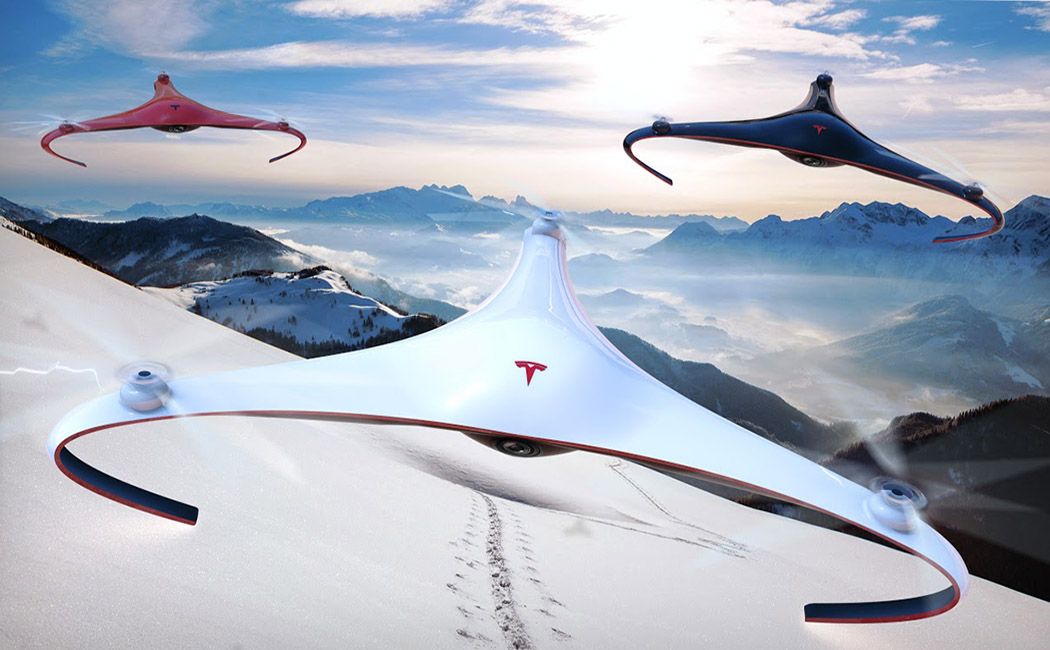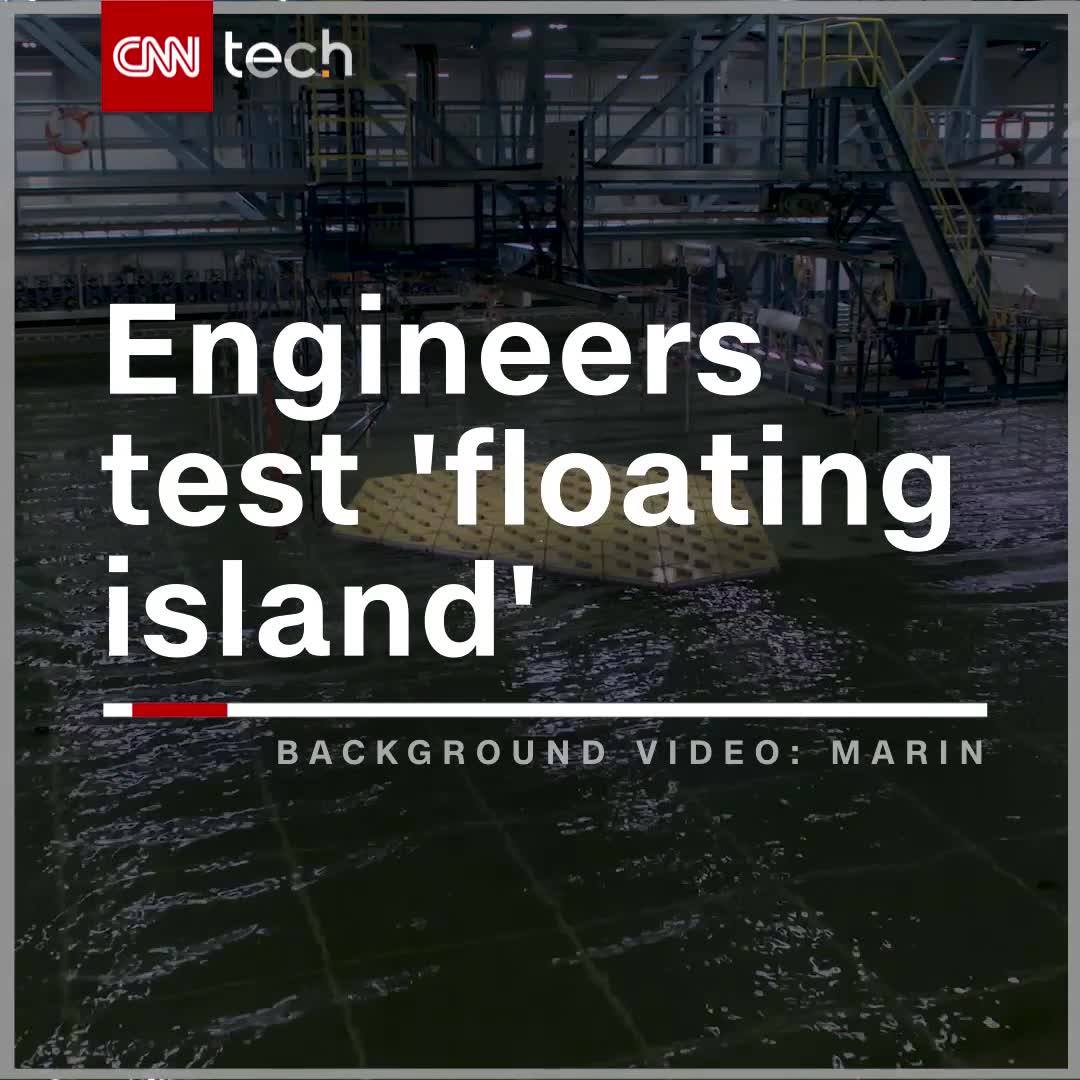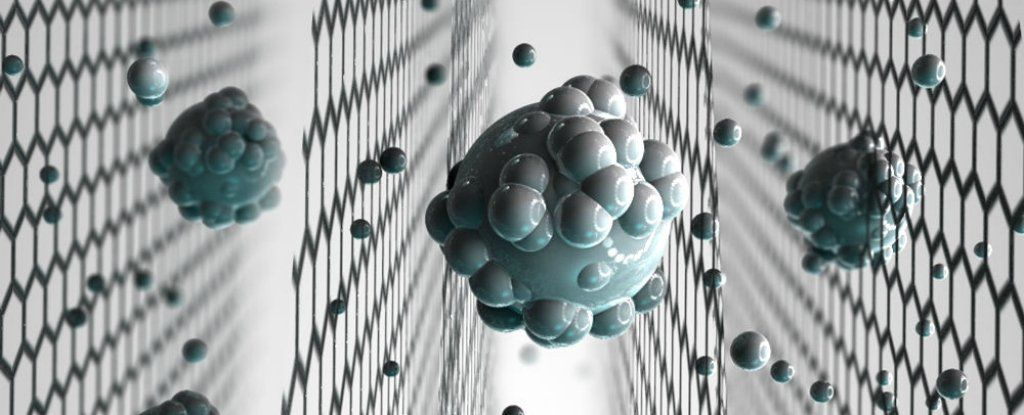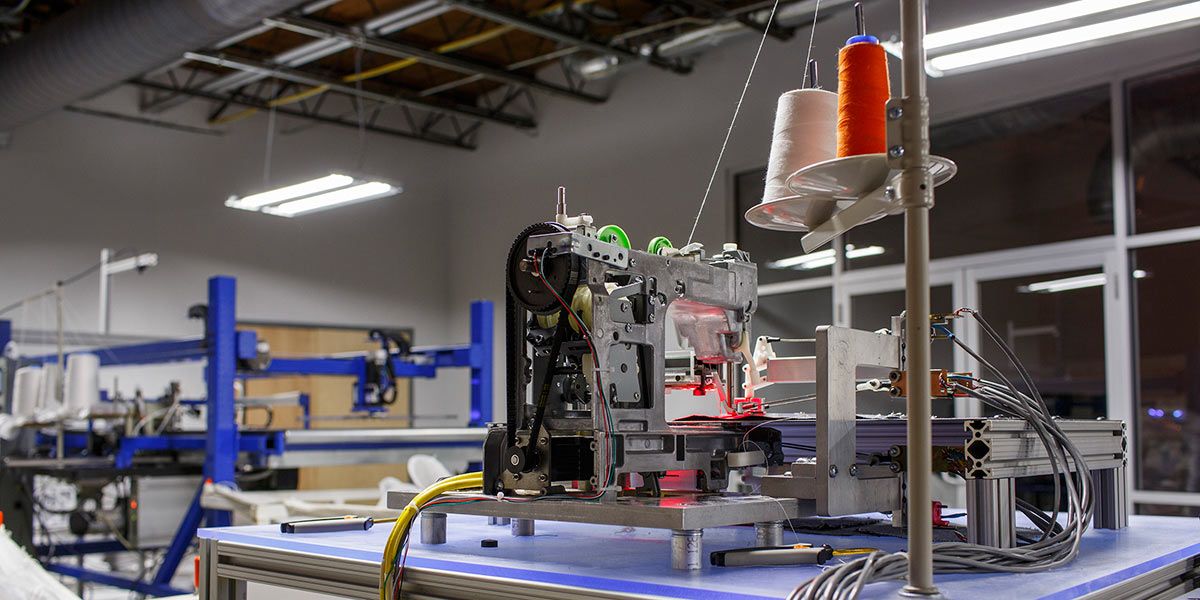Aug 23, 2017
Amat Farm
Posted by Klaus Baldauf in categories: finance, particle physics, solar power, space, sustainability
Amat farms (antimatter farms) consist of large banks of solar power collectors which power multicolliders optimally designed to produce antiparticles. The vast showers of collision products which result are sorted magnetically; antimatter particles and other useful species are collected, cooled and held in electric/magnetic traps.
The first amat farms were established in 332 orbiting Sol just outside the orbit of Mercury, known collectively as the Circumsol ring. Several power corporations were involved in this effort, including the Look Outwards Combine, Jerusalem Macrotech and General Dynamics Corporation. In 524 the Jerusalem Macrotech station B4 was destroyed during an unsuccessful raid by Space Cowboys.
Amat fields designed to produce anti-protons are typically 100km or more in diameter; fields which produce positrons are considerably smaller. The antiprotons and positrons are usually combined into anti-hydrogen and frozen for easier storage.

